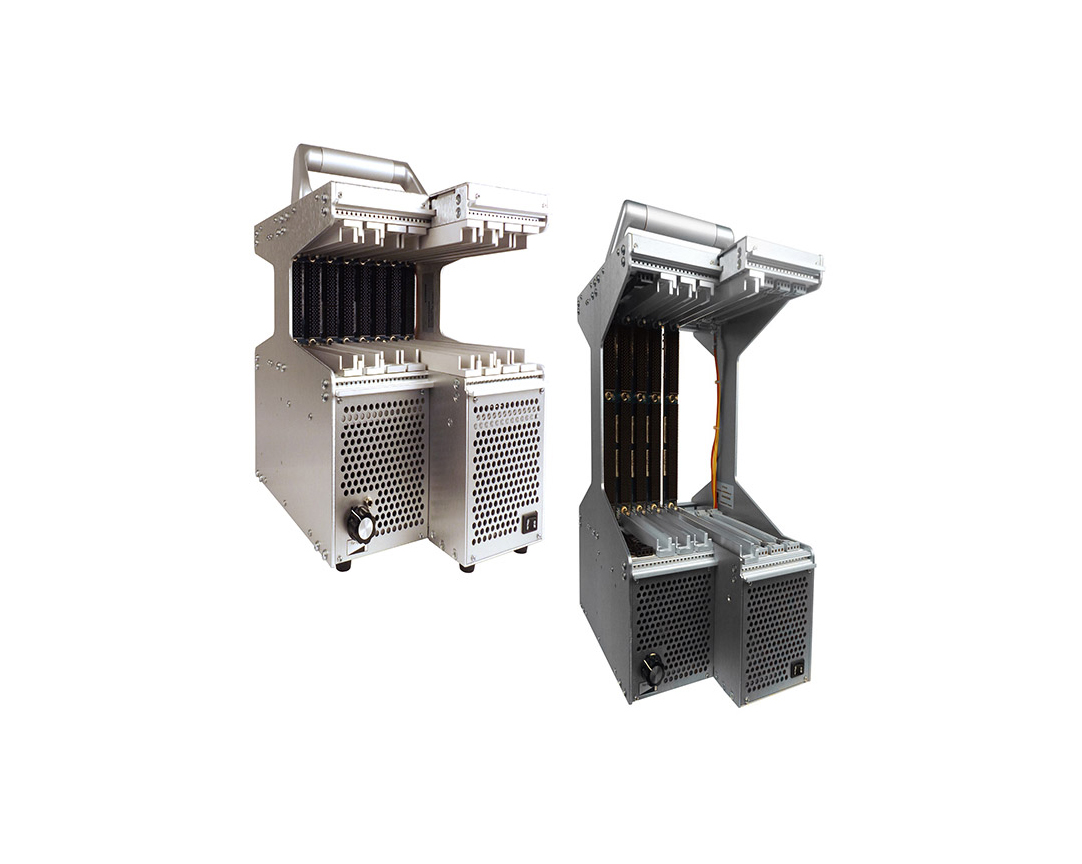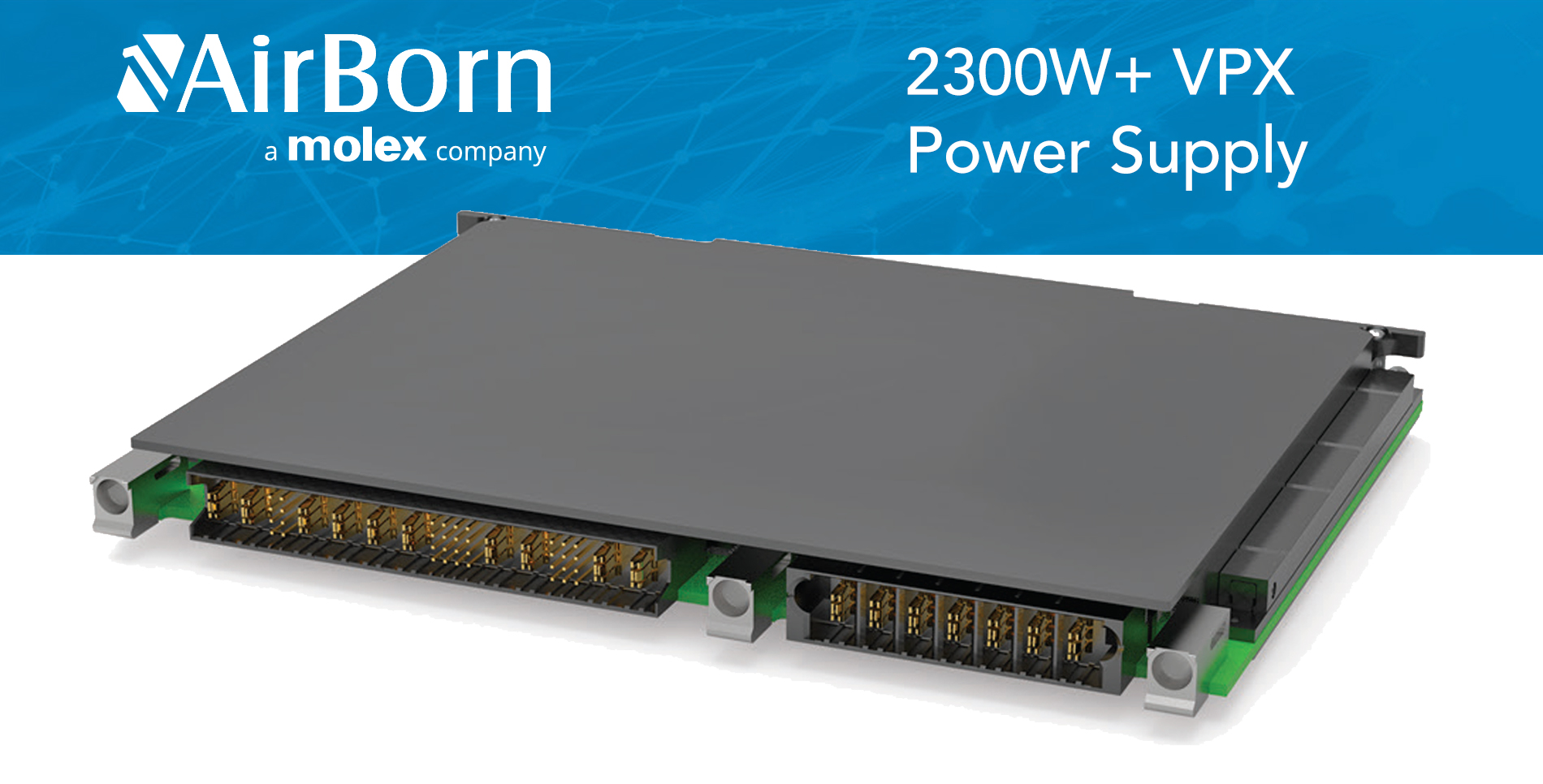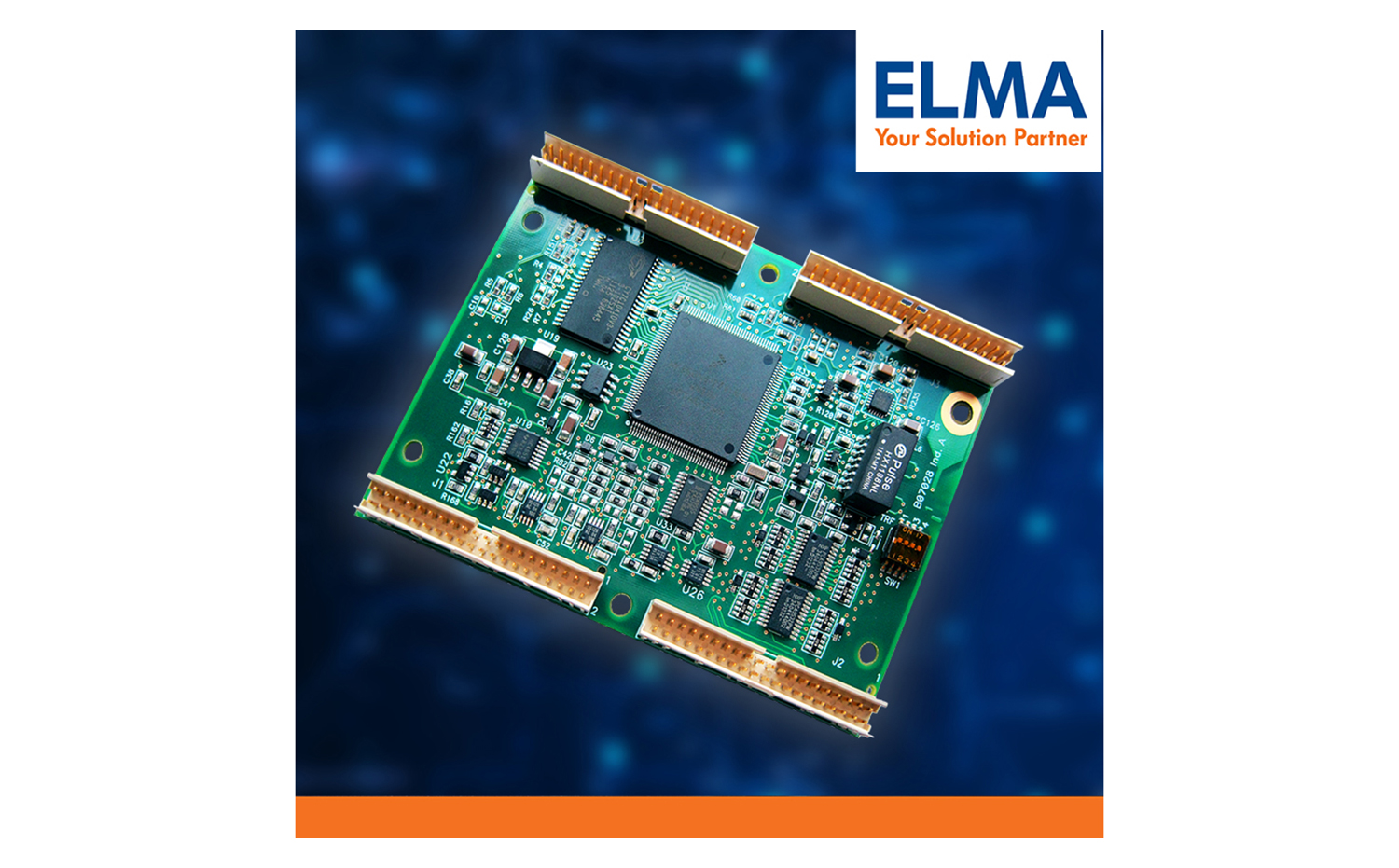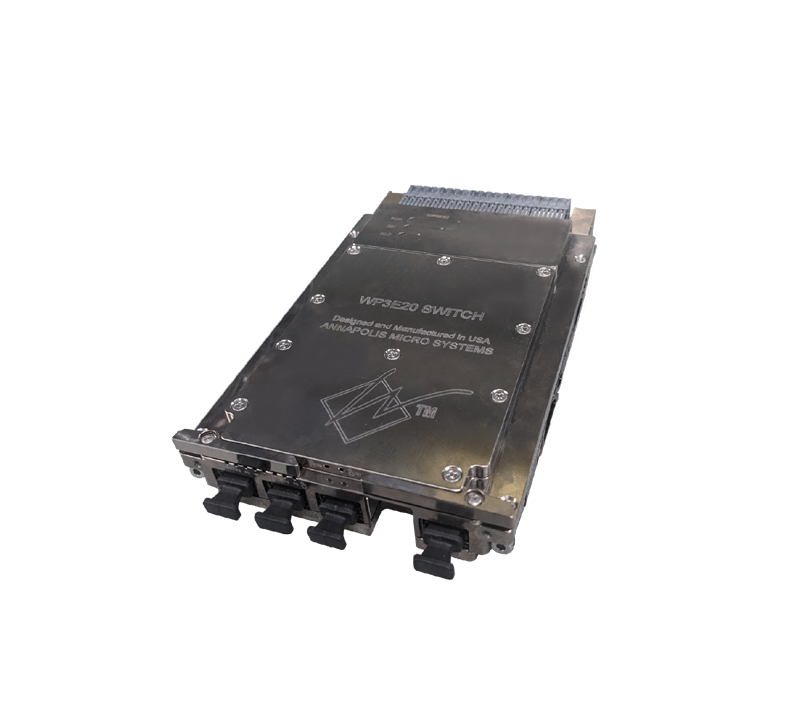Washington, D.C. – June 30, 2010 – Curtiss-Wright Controls Embedded Computing (CWCEC), a business group of Curtiss-Wright Controls and a leading designer and manufacturer of commercial off-the-shelf (COTS) VME, VPX, VXS and CompactPCI products for the rugged deployed defense and aerospace market, has announced the addition of a powerful new Network Fabric Analysis (NFAT) tool to its Continuum Insights™ 4.1 suite of GUI-based system monitoring, event analysis, and system management and multi-processor debug software tools for developers of embedded multicomputer systems application software.
“With the addition of its new Network Fabric Analysis tool, Continuum Insights™ extends its established leading position as the most fully featured suite of tools for developing VPX multi-processor system software,” said Lynn Bamford, vice president and general manager of Modular Solutions, Curtiss-Wright Controls Embedded Computing. “With the rapid adoption of VPX and its high-speed serial interconnect, the NFAT’s ability to reduce software development cost and schedule risk is invaluable to developers.”
The NFAT is the latest in an ongoing series of enhancements to Continuum Insights™, and continues the tool suite’s industry leading stature as the first development tool suite designed specifically for designers of multiprocessor systems. The NFAT directly addresses the needs of Serial RapidIO (SRIO) system architecture designers. The high-speed SRIO links used in today’s faster VPX systems exceed the capability of bus analyzers that were designed for legacy parallel busses such as VME. The NFAT enables system developers to determine the loading on all of the system’s SRIO links, and identify if any errors are occurring on the transmissions. The NFAT is able to help users identify data transmission errors that go unnoticed because the hardware masks the problem with automatic retries.
The NFAT also enables users to adjust the routing that SRIO packets take between two end-points. After start-up, a VPX system uses a general purpose algorithm to determine packet routes. In some cases, systems may require or benefit from the capability that enables the user to override the routes established at startup. The ability for the user to fine-tune routing enhances system balance and addresses the problem of over-provisioning bandwidth. This capability can also be used to achieve particular SRIO loading balance. In addition, the NFAT enables users to demonstrate compliance to their customer specification, which can result in significant development cost savings.
About Continuum Insights™
Continuum Insights is a suite of software tools that aid the software development for multi-processor systems. Continuum Insights provides programmers visibility into the entire system via the collection of critical, periodic, non-intrusive, real-time data. Continuum Insights provides the level of information needed by developers of complex systems to accurately tune their system and shorten costly development time.
Continuum Insights is built using the Eclipse™ Development and Application Frameworks, which draws from the open source community for open development platforms and ensures maximum compatibility with industry leading Integrated Development Environments.
Continuum Insights furthers Curtiss-Wright’s COTS Continuum product architecture by harnessing the advantages of complementary Continuum products such as Continuum Firmware & BSP, Continuum Vector, and Continuum IPC. Continuum Insights is supported on Curtiss-Wright’s VPX based SBCs, DSP and FPGA engines including the CHAMP-AV6, the VPX6-185, the HPE720 and CHAMP-FX2 products.
Continuum Insights Features:
Event Analysis Tool
The Continuum Insights Event Analysis Tool collects and displays operating system-level events, driver-level events, and user-defined events across multiple processors and cores within a system, all accurately time aligned using a common time-base. Because the event data is collected in real-time, Continuum Insights enables developers to debug and verify critical interactions between tasks among multiple processor and cores.
System Monitoring Tool
The System Monitoring tool provides a hierarchical, graphical representation of a multicomputer system. System and health information are updated in real-time providing displays of processing threads, utilization, task allocations, and processor-level and system-level configuration information.
Network Fabric Analysis Tool
The Network Fabric Analysis Tool visualizes the systems SRIO topology and routing information. Users can assess fabric performance and locate system-breaking bottlenecks. The tool provides capability to customize SRIO routing parameters to maximize system performance.
Multi-processor Debugger
The Multi-processor Debugger extends the capabilities of traditional single processor source debugging tools by allowing multiple processors to participate in a single debugging session. The entire multicomputer, or a subset of processors, can be configured and debugged together to reduce setup configuration time and eliminate side effects of running applications affecting the processor under observation.
Pricing for Continuum Insights is based on each project per site. There are no run-time royalties, and no per developer seat charges.
Sales inquiries: Please forward all Sales and reader service inquiries to Jerri-Lynne Charbonneau, Curtiss-Wright Controls Embedded Computing, Tel: (613) 254-5112; Fax: (613) 599-7777; e-mail: [email protected].
For editorial information regarding Curtiss-Wright Controls Embedded Computing products or services, contact John Wranovics, Director of Media Relations, Curtiss-Wright, Tel: (925) 640-6402; email. [email protected]. Web site: www.cwcembedded.com.
About Curtiss-Wright Controls Embedded Computing
Curtiss-Wright Controls Embedded Computing is the industry’s most comprehensive and experienced single source for embedded solutions, ranging from Processing, Subsystems, Data Communication, DSP, and Video & Graphics to the most advanced board level components and fully integrated custom systems. The Embedded Computing group serves the defense, aerospace, commercial and industrial markets and is part of Curtiss-Wright Controls Inc.
About Curtiss-Wright Controls, Inc.
Headquartered in Charlotte, North Carolina, Curtiss-Wright Controls is the motion control segment of Curtiss-Wright Corporation (NYSE: CW). With manufacturing facilities around the world, Curtiss-Wright Controls is a leading technology-based organization providing niche motion control products, subsystems and services internationally for the aerospace and defense markets. For more information, visit www.cwcontrols.com/.






